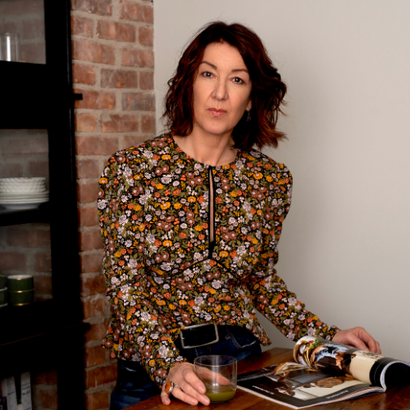Your Cart is Empty
Now shipping to Canada. We may experience shipping delays due to freezing temperatures.
Now shipping to Canada. We may experience shipping delays due to freezing temperatures.
Meet C2 Paint Color Specialist, Philippa Radon
London-born designer Philippa Radon has been perfecting her craft for over 30 years, guiding clients, which range from corporate executives and celebrities to passionate homeowners, to develop their personal home portfolios. Her unique approach helps navigate them through the creative process using a combination of color mapping, layering, mindfulness, and artistic flair.
"I never liked labels…I don't ever think of myself as a 'designer' per se, perhaps because the demands of my craft are so multi-layered. Each client has their own kaleidoscope of style and personality to be considered."

How do you manage your clients overseas and on both coasts?
Being East Coast and West Coast is not a challenge, partly because it’s so familiar now and I use the three hour time difference to my advantage - with early morning set up (and my tea, of course). By mid morning, I log in to my office here and during the evening it’s all follow up, so that allows me to overlap and extend my working day. Plus, I have long-established clients and contacts and have carved out a routine that works all round. My California-based clients like to hear about life on the East Coast and vice versa. We all appreciate the diversity.
Being from the UK and still knowing my way around London pretty well, is helpful. I am reconciled to the fact that I’m always a day behind with UK correspondence - that’s just the way it is. I love going to the London shows, galleries and visiting UK vendors for alternate materials that invigorate me and give me a renewed perspective to bring back to the States.
"When one has no form, one can be all forms; when one has no style, he can fit in with any style" - Bruce Lee

How would you define your style?
I’m a Cancerian, a real homebody. Part of my style comes from wanting something homey, that provides a sense of belonging, embracement, and functionality to the many facets of my life. Home and design are strongly intuitive for me. I appreciate the wealth of history in design and establishing a classic foundation with my own appropriate spin on it. Comfort really matters to me ( as beautified as possible ) so I think you should splurge on the basics like good couches and beds. Keeping things tactile by mixing materials, textures, and finishes, developing a cohesive mood layering things in, I find makes it personal. Home is a daily experience and it’s attention to those small details we add that give it our own sense of style and character.
I’m always switching things around. When I’m out and about I often see something that triggers an idea or I find a "must have" piece, so I’m always painting a wall or adding something new to re-align the balance between objects. It's an obsession.
How involved are your clients in the process?
In the beginning, 110%. I need to draw out their expectations and note their preferences and prejudices and how rooted these thoughts are. Otherwise, you’ll miss the main objective. How well I know the client depends on how open and honest we can be as a team. I deliver a detailed visual outline for them to review with me, but then try to keep it to myself with just weekly sessions as my team and I assemble, craft, implement, and final deliver. There is a point when I need separate time to work freely on the vision with no client involvement, which could disrupt the aesthetic balance. We need some positive client surprises in our final delivery! Throughout the process, I do keep them in the loop on timeline/budget/project condition, etc. so there are no surprises. I never want them asking me what the "status" is, and in these more trying times with extended product delays, the channels of communication need to be more frequent and honest.
What is your design philosophy?
Work hard, be kind, creative, adventurous, and trust yourself.
What is the most common color question you get?
“I’m no good with colour ” or “I just always use…” Most questions stem from a place of insecurity and lack of confidence. Colour confidence builds the more you experiment and remain open to the hits and misses of the colour world. Ultimately it is an area clients are very happy to hand over fully. It’s also why I created my “Colour Capsule” program which expands working with clients on colour for their project and lifestyle in general.
What is the biggest hurdle in the design process for your customers; where do they get stuck?
Initially, if a client has never worked with a designer before they often have a hard time fully relinquishing the project and understanding the timelines involved in honoring the design process. So, it is my role to build trust, accept early client jitters and build confidence that I am listening and observant to every nuance of the project and have their wellbeing at heart. We have no magic wand to make it all happen overnight. For customers to gain patience and real authentic understanding and enjoyment of the full process, is a necessary journey. Things take time to resource, collate and craft to ensure they are the very best choices. Instant gratification is not a part of the program, the reality is far removed from many of the TV home shows, in my opinion.

We get a lot of questions on how to design open concepts. How do you approach that?
It's hard to give a short answer on this. Why, and for what benefit - evaluate the space and explore all ‘what if’ design options or structural changes. Definitely map this out to determine connecting viewpoints, establish main functional areas and where you want the eye to focus? These days, open-plan concepts are less sought after as the hybrid work environment becomes more dominant and homes function for larger groups of people most of the day.
How do you prioritize your budgets?
I never work directly with clients and budget, I have in-house staff for this. My relationship with clients is artistic and creative. I’m a firm believer in keeping budget and style separate for a positive relationship. That said, budgets do need to be established, and I try to put 20% of the budget aside from day one, as the emergency fund. The project is reviewed and broken into the necessary stages of work - with a cap on each stage from the budget. This keeps us on point with decision-making. If we go over on something, we know it has to be accounted forfrom something else and allow for that concession.
I always need that 20% fund to visually pull the end project together, and though clients initially protest, I know from years of practice it's solid practice, they are glad at the end in how they benefit.
Click HERE to contact Pippa or create your personal Colour Capsule (TM)!
Also in Draft Color Confidential
Subscribe
Sign up to get the latest on sales, new releases and more …
Recent Articles
- Money-Making Decisions for Homeowners: The Right Renovations, Mortgages, and More
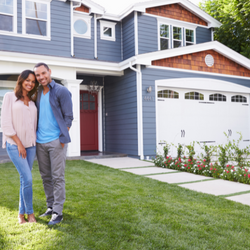
- The Rebellion of Pink: A Colorful Cultural History

- Meet C2 Paint Color Specialist, Philippa Radon
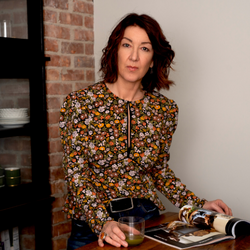
- The Creative Comforts of Winter Hibernation
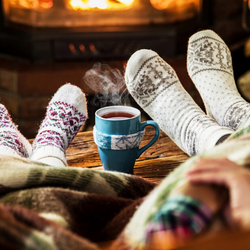
- 7 Easy Ways to Refresh Your Home for the Holidays
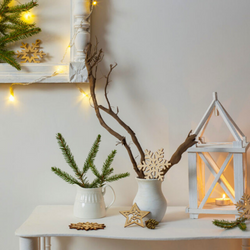
- The Power of the UPC
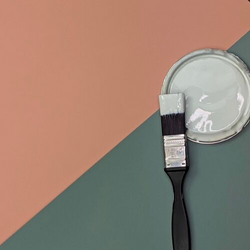
- THE REBELLIOUS SIDE OF PINK
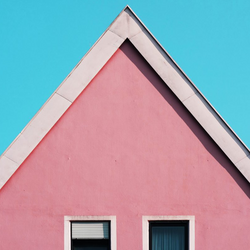
- The Creative Comforts of Winter Hibernation
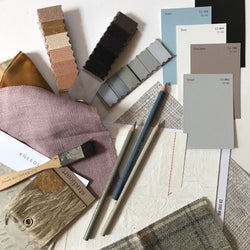
- The Beauty of Dark Walls

Categories
Subscribe
Sign up to get the latest on sales, new releases and more …
×
There’s a C2 Paint Dealer near you!
Visit the store to get exceptional, in-person service. Click below to see store details
See My Store